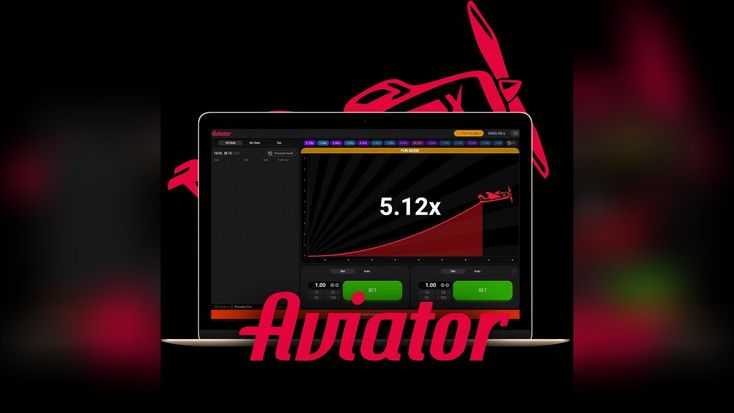mobile game development
Mobile Game Development Company

Mobile Game Development: A Comprehensive Guide
The mobile gaming industry has experienced explosive growth in recent years, becoming a dominant force in the entertainment sector. With revenues projected to reach over $102 billion by 2023, mobile game development presents an attractive opportunity for developers and businesses alike. This article will explore the mobile game development process, key considerations, and best practices to create engaging and successful mobile games.
Understanding Mobile Game Development
Mobile game development involves creating games specifically designed for mobile devices such as smartphones and tablets. The process encompasses several stages, from conceptualization to launch and post-launch support. Developers must consider various factors, including target audience, platform compatibility, monetization strategies, and user experience.
The Mobile Game Development Process
- Conceptualization and Planning Every successful mobile game begins with a solid idea. This stage involves brainstorming unique concepts that cater to a specific audience. Developers should consider the genre of the game (e.g., action, puzzle, strategy) and the core mechanics that will drive gameplay. A well-defined game design document (GDD) is essential at this stage, outlining the game’s objectives, features, characters, and storyline.
- Market Research Understanding the competitive landscape is crucial for any mobile game developer. Conducting thorough market research helps identify trends, player preferences, and potential gaps in the market. Analyzing successful games can provide insights into effective mechanics and monetization strategies that resonate with players.
- Choosing the Right Platform Developers must decide whether to create a game for iOS, Android, or both platforms. Each platform has its own development requirements and user demographics. For instance, iOS users typically spend more on apps compared to Android users. Choosing the right platform influences design decisions and marketing strategies.
- Game Design and Wireframing Once the concept is solidified, the design phase begins. This involves creating wireframes that outline the game’s structure and flow. Designers work on visual elements such as characters, environments, and user interfaces (UI). This phase is crucial for ensuring that the game’s aesthetics align with its intended audience.
- Development Phase The actual development of the mobile game begins after finalizing the design. Developers use various tools and technologies such as Unity, Unreal Engine, or custom engines to build the game. This phase includes coding gameplay mechanics, integrating graphics and sound effects, and implementing user interfaces.During development, it’s essential to adopt an agile methodology that allows for iterative testing and feedback. Regular updates and demo versions help identify issues early in the process.
- Quality Assurance Testing Rigorous testing is critical to ensure a polished final product. Quality assurance (QA) teams conduct extensive testing to identify bugs, glitches, and performance issues across different devices and operating systems. This stage may involve functional testing (checking if all features work as intended), usability testing (ensuring a positive user experience), and performance testing (assessing load times and responsiveness).
- Pre-Launch Activities Before launching the game, developers should prepare marketing strategies to create buzz around their product. Building a website or landing page, engaging with potential players on social media, and creating promotional content can help generate interest. Additionally, beta testing can provide valuable feedback from real users before the official launch. This phase allows developers to make final adjustments based on player experiences.
- Launch The launch is a critical milestone in mobile game development. Developers should ensure that their game is available on relevant app stores (Google Play Store for Android or Apple App Store for iOS) with optimized descriptions and visuals to attract downloads.Effective launch strategies may include promotional campaigns or partnerships with influencers in the gaming community to reach a broader audience.
- Post-Launch Support and Updates After launching the game, developers must continue to engage with their player base through regular updates and support. Listening to player feedback can inform future updates or expansions that enhance gameplay experiences.Additionally, implementing analytics tools helps track player behavior within the game, providing valuable insights into user engagement and retention rates.
Best Practices for Mobile Game Development
- Focus on User Experience: Prioritize intuitive controls and engaging gameplay mechanics that keep players invested.
- Monetization Strategies: Consider various monetization models such as in-app purchases, ads, or premium pricing based on your target audience.
- Regular Updates: Keep players engaged by introducing new content or features regularly.
- Community Engagement: Foster a community around your game through social media interactions or forums where players can share experiences.
- Cross-Promotion: Leverage existing games or apps to promote new titles effectively.










